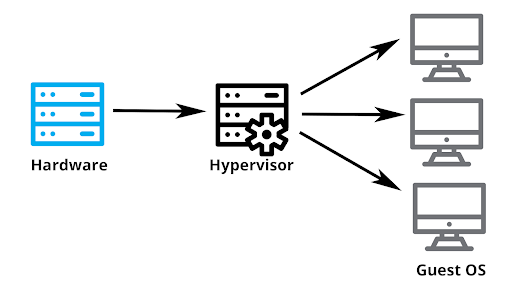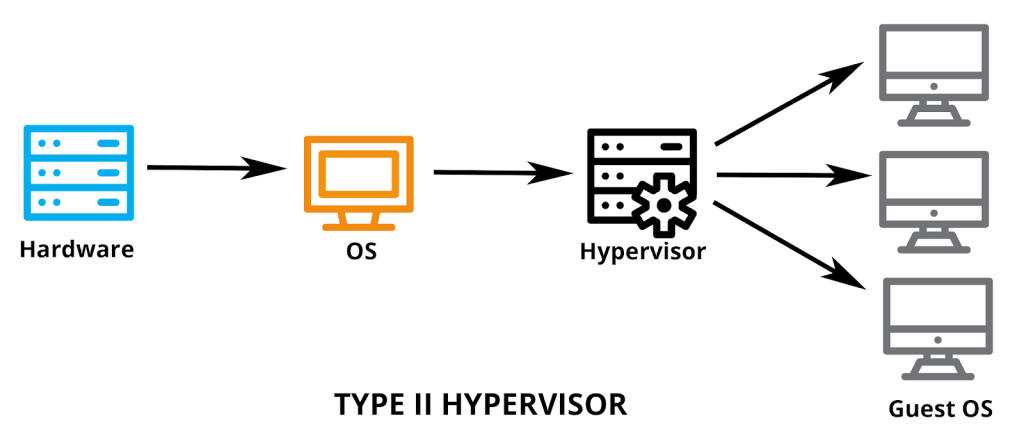How to Use Social Data to Launch a Successful Video Marketing Campaign
ideo marketing is a hit. According to Oberlo, 87% of marketing professionals use video as a marketing tool. So, if you don’t implement video content in your marketing campaigns, you’re definitely missing out.
Essentially, video marketing is a component of an integrated marketing plan, aimed to increase audience engagement and boost social activity, mostly through social media. The strategy is built around one video or a series of videos that are connected to a particular product and are characteristic of the company’s values.
Why is video marketing on the rise, when there are so much other different content types that are as engaging? What makes it stand out? Take a look at these stats:
- According to Renderforest, 5 billion videos are watched on YouTube on a daily basis
- According to the same source, 70% of marketers claim that videos convert better than any other type of content
- Optinmonster supports these numbers, adding that 94% of businesses are using video as an effective marketing tool, and 81% of the surveyed businesses saw an increase in sales. Moreover, 53% of businesses saw a decrease in customer support issues after using explainer videos in their marketing campaigns
Social Data and Video Marketing
Today, not a single marketing campaign can be launched without social media, not only because social media give brands extra exposure, but also because they provide brands with social data to help them keep up with the KPIs.
Although mining social data is a pretty down-to-earth process, with tools like Google Analytics and Adobe Analytics making it possible, confusion may hit you when you actually try to use it for your video marketing campaign.
So, here are some insights on how to use social data to launch a successful video marketing campaign.
1. Study Your Audience for Better Targeting
Knowing your target audience is crucial, and your future video marketing campaign is no exception. But audience analysis is also an important part of video production and plays an important role in creating a video script.
Another reason why you should pay close attention to audience analysis in your video marketing campaign is delivering the right message to the right people, especially if you’re a newborn brand. According to Social Bakers, this type of content is used primarily in the early stage of a marketing campaign, when customers are only learning about your brand.
Audience analysis is a multifaceted process that involves the discussion of crucial points that will influence the nature of your marketing videos. This process involves the analysis of the following aspects:

These aspects describe one audience persona that will characterize the whole target audience that you will address in your video. The more detailed this description is, the more targeted marketing video you’ll create because you’ll know exactly who you want to reach with your video message.
So, for better targeting and for a more detailed marketing video, make sure that you have a proper audience analysis.
2. Explore Likes, Shares, and Comments for Content Ideas
If you choose to launch your video marketing campaign on one of the social media platforms, social data that describes the performance of your previous posts, as well as the data, collected from likes, and shares, will help you determine which platform will work the best for your marketing needs and which content your followers from each platform prefer better.
For instance, if your Facebook account stats show that posts with videos on your page are the most active, like here,

you can consider your Facebook account as the main platform for your video marketing campaign.
Activity on your posts, including comments, likes and shares, is the source of unique metrics, mined from social media platforms. They give you important information on what your existing social media audience likes and wants to see, and you can use it in your video marketing campaign. Social data that can be mined from them, can give a serious boost to your creativity, providing you with plenty of content ideas. Here’s how you can use them.
- Likes and Shares
This is an indirect form of feedback from your social media followers. This way they express their perception of the content you’re posting, so listen closely. The more likes a post gets, the more clues you receive as for what your audience wants to see, and you can later implement these ideas during the video production process.
The analysis of likes and shares is a generator of engaging topics for your marketing videos. For instance, the international real estate company Flatfysaw an increased interest in posts about real estate statistics on their Instagram account. So, that’s how they came up with an idea for a marketing video, covering the global population and the future of the real estate search.
- Comments
Your followers may express their feedback using the comment section under your posts. Comments are a great way to find out who watches your content and make necessary adjustments to your video marketing campaign.
For instance, one comment in Spanish under a “What is inbound marketing?” video inspired us to create a whole video in Spanish:


Such comments give you the idea about not only what your audience needs but who they are as well. So, watch comments closely to find inspiration for your marketing videos. They are a great source of valuable social data.
3. Perform Competitor Analysis
By taking a look at your competitors, you obtain their social data for your benefit. Analyze, how their marketing videos performing to learn from their mistakes and benefit from their wins as well.
According to Statista, competitor analysis includes the following essential steps:
- Identifying relevant competitors in a specified market segment
- Describing key data concerning the competitors that you’ve picked
- Analyzing the business strategies of each competitor. In our case, you take all video marketing campaigns of each of your competitors and analyze their performance. You can use SWOT analysis to obtain the full scope of data
- Studying their corporate philosophy and making a comparison to your brand’s values
- Based on their behaviours and marketing strategies, you can establish your immediate goals
Including competitor analysis into your video marketing campaign is an important step to be taken before you even launch the production of the video itself. Competitor analysis can give you important clues and ideas for creating a video script, as well as the knowledge of the things you will need to avoid.
Your primary goal is to create a marketing video that stands out, thus, competitor analysis will help you understand, which characteristic features of your brand you want to emphasize.
4. Keep Track of Your KPIs
Lastly, valuable social data can be obtained from your own KPIs (Key Performance Indicators). Take a look at your previous video marketing campaigns. How did they perform? What were their advantages? What were the drawbacks? How can they be fixed
By answering these and other possible related questions will help you figure out what should be included in your next video marketing campaign. When you launch it, keeping track of the KPIs will be the task that you’ll have to do on a regular basis to make sure that your video marketing campaign performs well.
Conclusion
Opting for a video marketing campaign is surely the right decision, and social data will help you make it right. Correctly applied social data will help you understand exactly who you want to target with your video marketing campaign. It will also give you important hints on what your followers want to see and even provide you with ideas for your marketing videos. Social data, mined from competitor analysis and your previous KPIs, will give you the knowledge of what you want to highlight and what should be avoided in your next video marketing campaign to make it successful.
Hopefully, these tips will help you figure out how to use immense amounts of valuable data you’ll get from social media in order to create a successful video marketing campaign.















